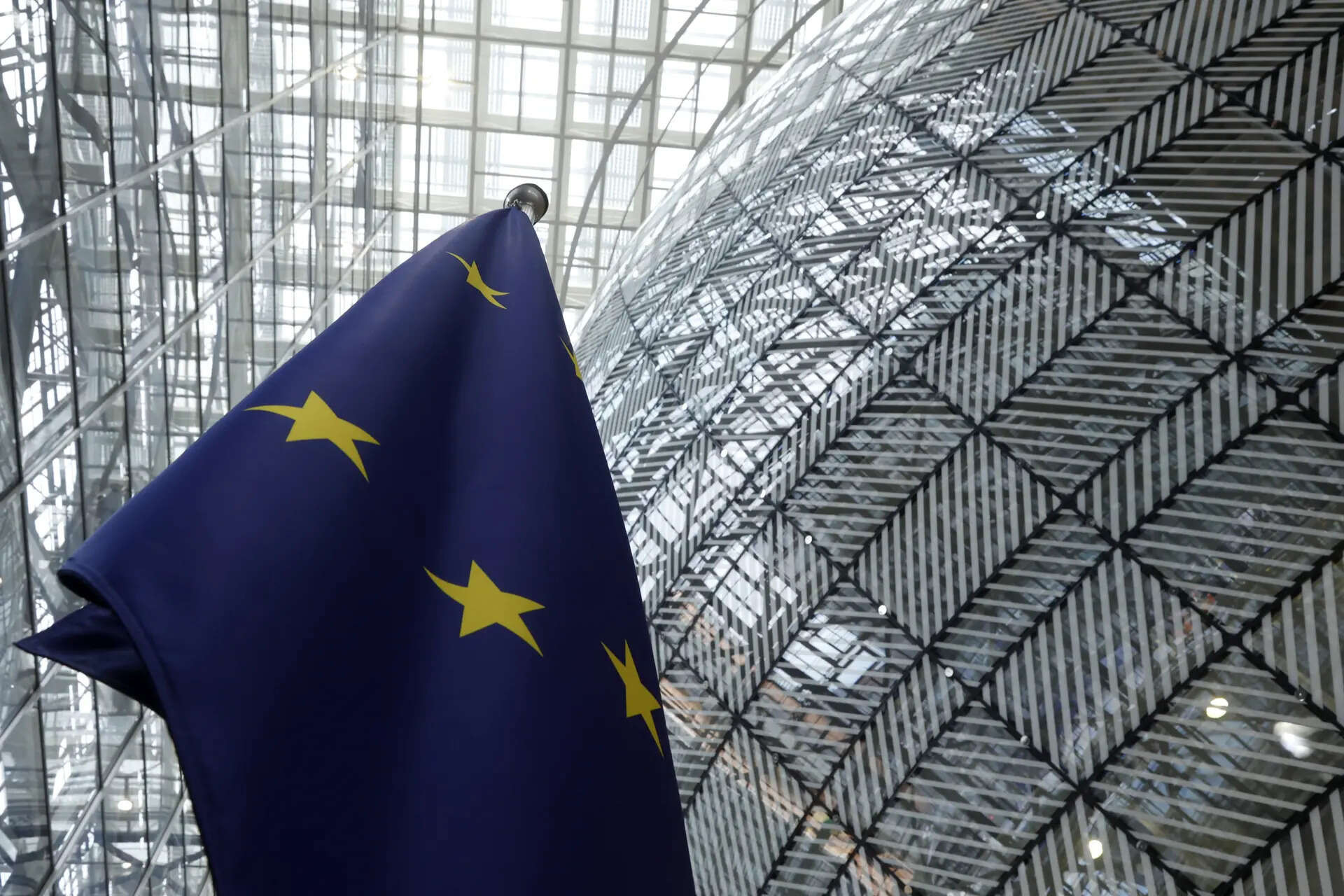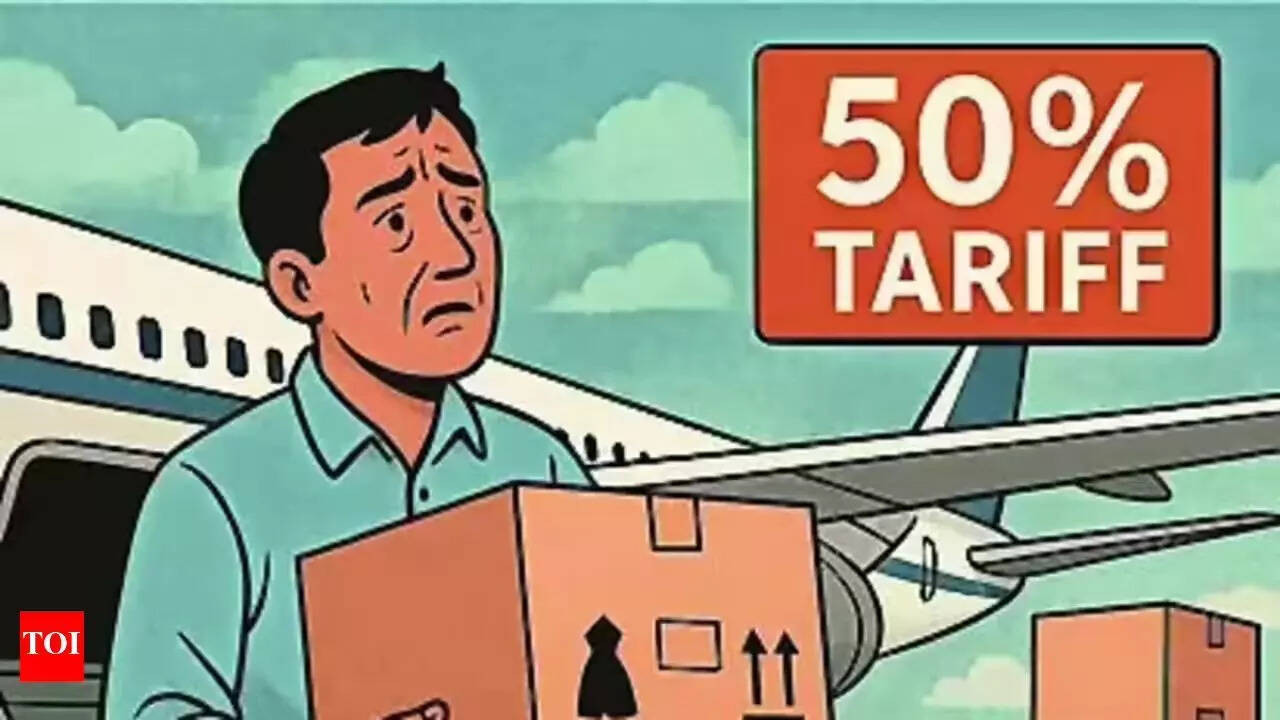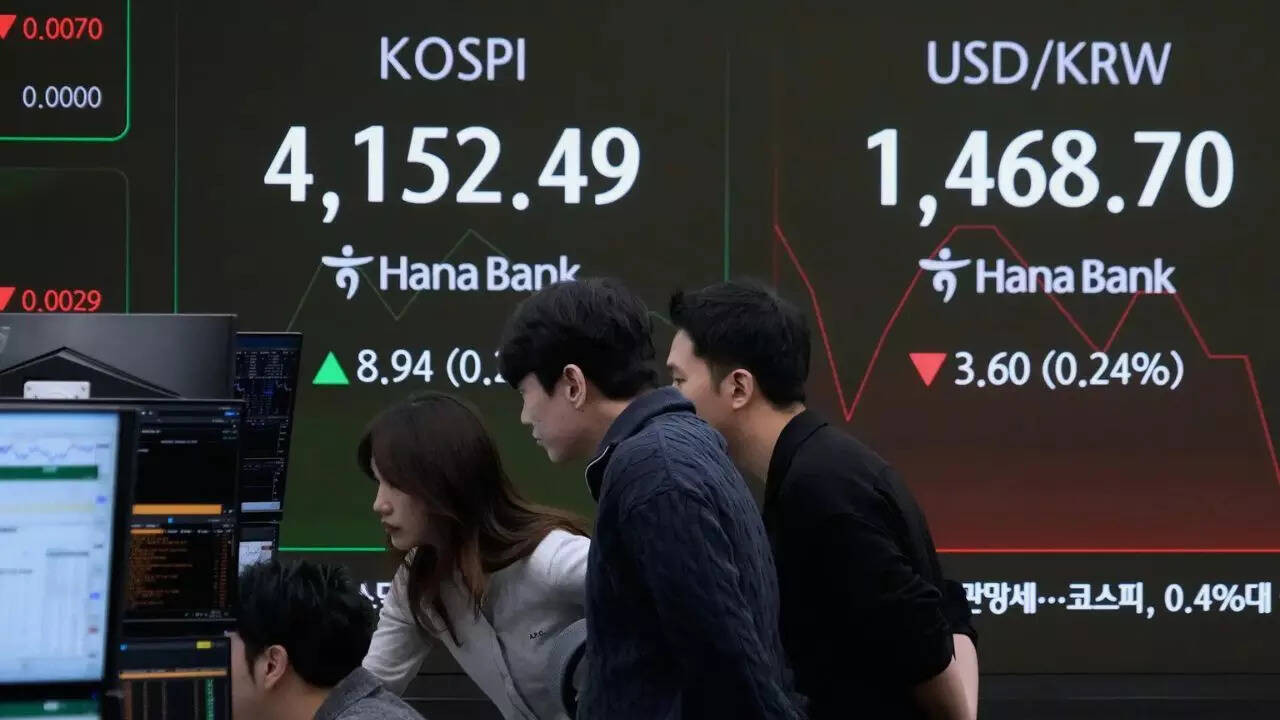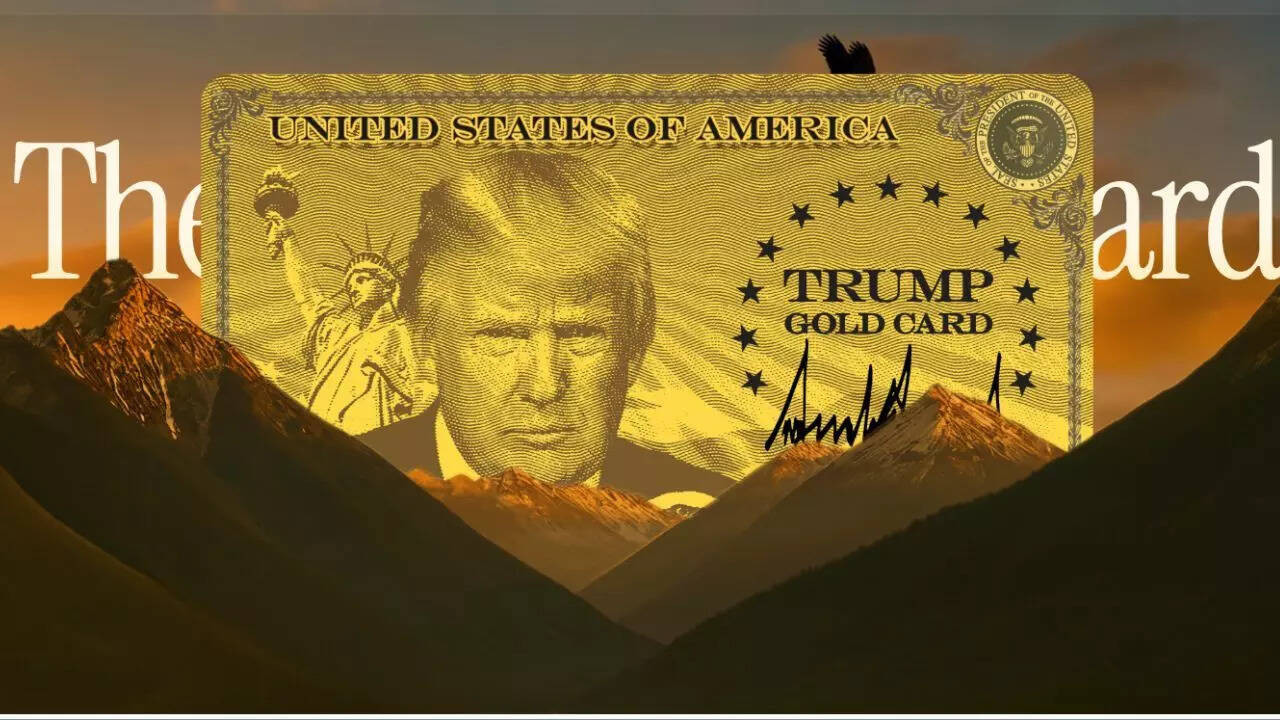The European Union aims to swiftly secure a trade agreement with the United States to alleviate economic uncertainty caused by potential tariffs. Despite the U.S. extending the deadline to August 1, the EU is pushing for a deal this week, potentially involving exemptions for key sectors and a pledge to relocate some European car production.
Navigating the Atlantic: Can the EU and US Sidestep a Trade Storm?
The air is thick with anticipation, and perhaps a little anxiety, as the European Union signals a renewed urgency in forging a trade agreement with the United States. Why the sudden haste? Well, a certain former president with a penchant for tariffs is making waves once again, and the EU is understandably keen to batten down the hatches before any potential storm hits.
Let’s be honest, the relationship between the EU and US on trade has always been a bit like a complicated dance. There are moments of graceful partnership, followed by clumsy missteps and the occasional toe-stepping incident. Now, with the possibility of heightened tariffs looming on the horizon – a policy previously championed with considerable enthusiasm – the EU is extending an olive branch, hoping to solidify a more stable and predictable economic future.
The potential implications of a trade war are significant for both sides of the Atlantic. Increased tariffs translate to higher costs for consumers, disruptions in supply chains, and potentially stunted economic growth. No one wants that. European Commission Executive Vice-President Valdis Dombrovskis recently emphasized the EU’s willingness to engage, stating the desire for a deal “the faster, the better.” This proactive approach suggests a genuine commitment to finding common ground and avoiding a repeat of past trade skirmishes.
But what exactly would a renewed EU-US trade agreement look like? That’s the million-dollar question, isn’t it? The scope of the agreement and the specific sectors it would encompass are currently under discussion. One area of particular focus could be technology. Harmonizing standards and regulations in the tech sector could unlock significant opportunities for innovation and growth on both sides. Imagine a world where data flows seamlessly and companies can easily operate across both markets, without getting bogged down in regulatory red tape. This is precisely what many are hoping for, and it could also become an integral part of the EU-US trade deal.

Of course, navigating the complexities of international trade is never easy. There are bound to be sticking points and areas of disagreement. Agricultural products, for example, often prove to be a contentious issue in trade negotiations. Balancing the interests of farmers on both sides of the Atlantic requires careful diplomacy and a willingness to compromise.
Another crucial aspect of any potential agreement is ensuring a level playing field. Concerns about unfair trade practices, such as subsidies or intellectual property theft, need to be addressed head-on. Transparency and clear rules are essential for building trust and fostering a mutually beneficial relationship.
Beyond the immediate threat of tariffs, there’s also the broader context of global economic uncertainty to consider. The world is facing numerous challenges, from inflation and supply chain disruptions to geopolitical instability. In this environment, a strong and stable EU-US trade relationship is more important than ever. It would not only provide a boost to both economies but also send a powerful signal of transatlantic cooperation and leadership.
The push for a quicker agreement could also signal an understanding of the U.S. political landscape. With elections on the horizon, the EU is likely aware that the window of opportunity for reaching a deal may be limited. Securing an agreement now would provide a degree of certainty and stability, regardless of who occupies the White House in the coming years. This is especially crucial if the political winds shift towards a more protectionist stance.
Looking ahead, the key to a successful EU-US trade agreement lies in open communication, a willingness to compromise, and a shared commitment to building a stronger, more resilient economic future. Both sides must approach the negotiations with a spirit of collaboration, recognizing that a mutually beneficial outcome is within reach. Perhaps looking at the digital sector can boost the EU-US trade deal, to modernize international commerce between the two global powers. A failure to find common ground would not only hurt both economies but also undermine the broader transatlantic partnership.
The Road Ahead for EU-US Trade
The coming months will be crucial in determining the future of EU-US trade relations. The EU’s proactive stance is a positive sign, but ultimately, success will depend on the willingness of both sides to engage in constructive dialogue and find solutions that address the concerns of all stakeholders. The stakes are high, but the potential rewards – a stronger economy, a more stable transatlantic partnership, and a bulwark against global economic uncertainty – are well worth the effort. Let’s hope cooler heads prevail and a mutually beneficial agreement can be reached, averting any unnecessary economic headwinds. Don’t forget to see our latest post about US tariffs against China.







